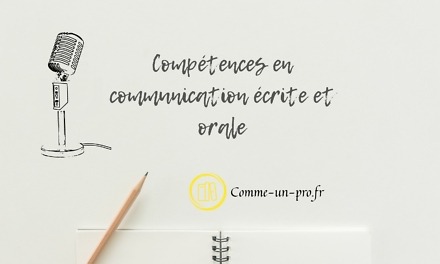Having a writing plan is like having a good project before going into business or designing a model before building a building. The design always precedes the realization otherwise the result may be very different from the original idea. In reality, starting to concoct a writing plan is not a waste of time but rather a saving of time because doing a job badly means having to redo it.
Why have a writing plan?
Having a plan is opportune in that working writing is utilitarian content that can serve multiple purposes. Indeed, its purpose can be informative, advertising, or other. The ideal plan depends on the aim of the text. A writing which has as only goal that the information cannot have the same structure as another text which has aims of persuasion and prospects. Thus, the choice of plan must answer the question of the nature of the recipient and must also take into account the issues.
The characteristics of a good writing plan
Even though every shot is specific, there are some common criteria that every professional writing should adhere to. It is mainly about order and consistency. This means that you cannot pile up all your ideas jumbled together, even if they are all relevant. After you have listed all of your ideas, you need to organize and prioritize them in an order that allows your reader to see the fall of the text as logical and obvious. To do this, the arrangement of ideas will need to be progressive and well structured, which allows you to highlight certain particular elements that you want to draw attention to.
To the question of knowing if we can have a universal plan, the answer is obviously no because the writing plan follows a communication objective. Thus, you will not be able to succeed in your plan without first clearly determining your communicational objective. Thus, the right order is the definition of objectives; then, the development of the plan according to these objectives; and finally, the drafting itself.
Have a plan according to the objective to be achieved
For each type of text there is a suitable plan. This is how it is often necessary to have a descriptive plan when the objective set is the product description or the opinion on a service. This is also how it would be relevant to choose an enumerative plan for a memo, a summary document or a report. For a pitch, you can choose a demonstrative plan, and an informative, neutral style plan for minutes. In addition, the support is also important in the choice of the plan. This is how for an email a journalistic plan or inverted pyramid can often do the trick.
Other parameters can influence the outline such as the size of the text. This is how it is possible to combine two or three shots for very long texts. In any case, the plan must be balanced both in substance and in form.



